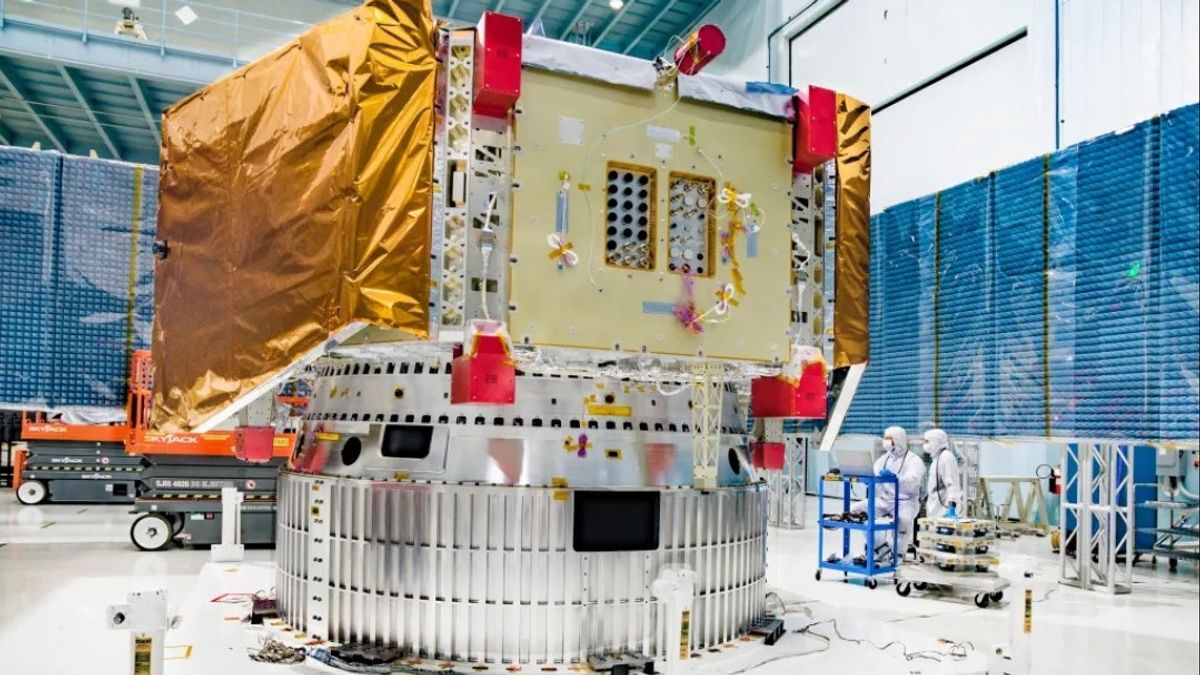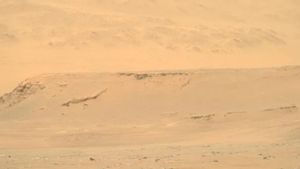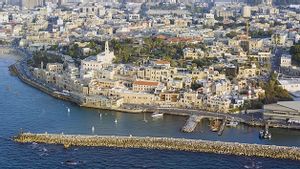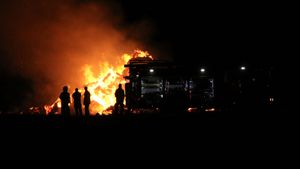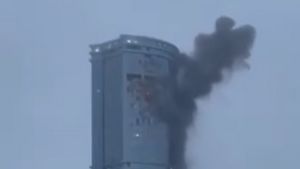JAKARTA NASA has completed the construction of a space bus that will transport the Nancy Grace Roman Space Telescope into orbit. Now, technicians will integrate the telescope into the bus.
In addition to integrating the Roman telescope into its space bus, technicians will install several science instruments to support research in space. The bus will accompany Roman in studying dark energy and cosmic pressure in the form of dark matter.
Once the telescope and instruments are completed, the technicians will conduct a more comprehensive performance test. This needs to be done to ensure that the bus can operate without any problems with all the components that have been paired.
"Next year, we will test this system together and start integrating the end components of the observatory," said Missie Vess, one of the technicians for the Roman plane. "We will finally have a complete observatory, which is ready to launch in May 2027."
Meanwhile, Roman's Deputy Project Manager at NASA's Goddard Space Flight Center, Jackie Townsend, said that the Roman telescope delivery spacecraft was deliberately referred to as a bus. The reason is, this spacecraft will take Roman until he arrives at a NASA-targeted location.
"They call it a space bus for some reason this bus takes the telescope to a place needed in space," Townsend said. "However, this bus looks more like an RV (Recreational Vehicle) because it has various functions that allow Roman to achieve his scientific goals while out there."
SEE ALSO:
Townsend menjelaskan bahwa misi penerbangan Roman tidak mungkin tercapai tanpa adanya bus angkasa yang mengampaikan. Pesawat ini tidak hanya menggangkut teleri, tetapi juga mengarahkan Roman ke target yang diteliti dan menyediakan daya.
This spacecraft also helps the Roman telescope store and control instrument data, regulate temperatures, become a medium for communicating, and collect and transmit Roman data. Thanks to this bus, Roman can deliver 1.4TB per day.
Roman's space bus looks asymmetric and hexagonal in size. Although it looks small in the photo shared by NASA, the bus is 4 meters wide with a height of 2 meters. The weight of this plane also reaches 3,800 kilograms.
The English, Chinese, Japanese, Arabic, and French versions are automatically generated by the AI. So there may still be inaccuracies in translating, please always see Indonesian as our main language. (system supported by DigitalSiber.id)
